I have three tables, which looks like this
forts
|id|lat|lon|
fort_sightings
|id|fort_id|team|
fort_raids
|id|fort_id|raid_level|
I need a query that fetches all the rows from forts and then select the latest information from fort_sightings and fort_raids, if any. There might be several rows where fort_id has the same value, so I need the latest information.
Currently, I have this, which might not be the prettiest
SELECT
*
FROM
forts c
LEFT JOIN fort_sightings o ON o.id = (
SELECT
id
FROM
fort_sightings
WHERE
fort_id = c.id
ORDER BY
id DESC
LIMIT 1
)
LEFT JOIN fort_raids r ON r.id = (
SELECT
id
FROM
fort_raids
WHERE
fort_id = c.id
ORDER BY
id DESC
LIMIT 1
)
But it's painfully slow, the query takes over 10 seconds. There's only ~350 rows in forts, so it really shouldn't take this long. I believe it's from all the SELECT queries in the JOIN, but I don't know any alternative.

